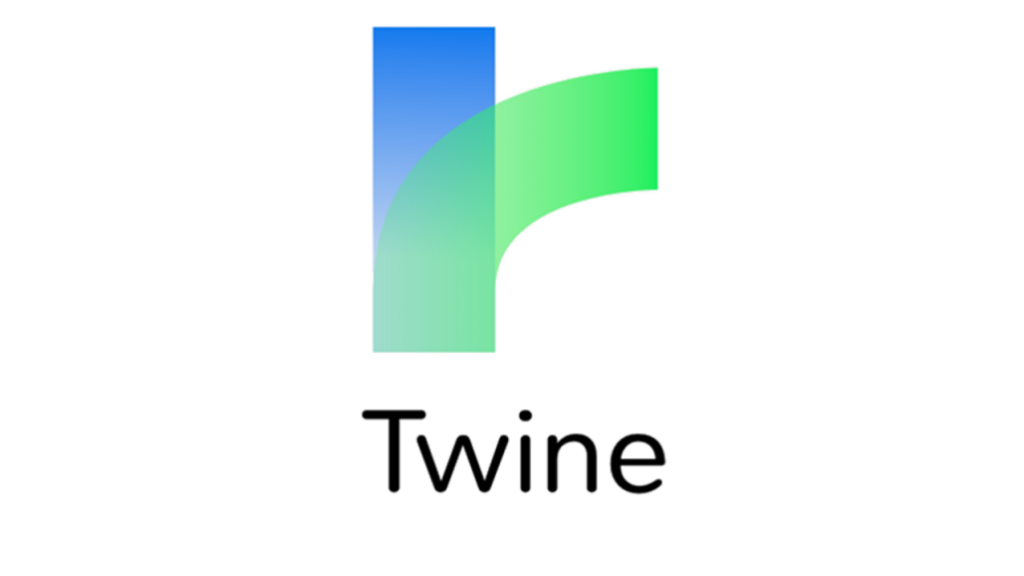
” When you used the AI games this week, such as Magic Sketch or AI Duet, how did you find the process of having your work completed by an algorithm? Did it feel true to your intention? Were you happy with the results?”
In this week’s activity, I have checked the AI games such as Magic Sketch or AI Duet. Artificial intelligence (AI) is used in video games to create human-like intelligence in non-player characters (NPCs) by generating responsive, adaptable, or intelligent actions [1]. IA games such as Magic Sketch allows you draw stuff with machines! each time you lift your pen up, a machine learning system tries to complete each stroke as you lift your pen up and matches it to the category you’ve chosen. After giving a try to draw different things such as a book, an eye or a key, I was fascinated that the AI finished the drawing as soon as I lifted my hand. It is really amazing to see how technology has developed and reached a very high level. The magic sketch faithfully captured my intention and recognised precisely what I was creating. No matter how differently I drew the book or the other object, the drawing was still coming to fruition, therefore I was pleased with the end outcome.
” Have you used a tool like Khan Academy that creates a learning path for you? Did you find it to be useful or a hindrance to your learning? Or both?”
Yes, I have frequently utilised Khan Academy, which lets you construct a learning path for yourself as you take various classes, and I found it to be quite helpful for my learning. Khan Academy develops a customised learning dashboard that allows you to learn at your own speed both inside and outside of the classroom. Khan Academy is also free and accessible everywhere as long the person has internet and computer.
References:
[1] https://pixelplex.io/blog/how-ai-enhances-game-development/
